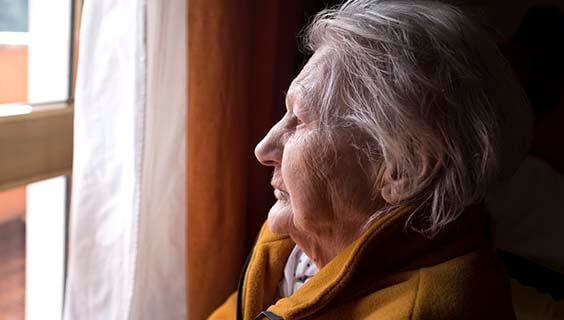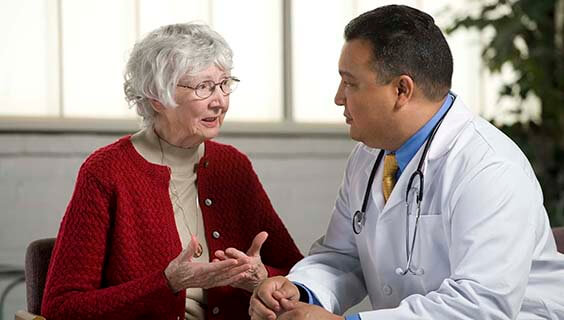
Having a positive attitude toward aging is powerful, and is the first step for seniors to enjoy a happy life. There are so many reasons to be positive at an older age.
5 Ways to Have a Positive Aging Experience
Having a positive attitude toward aging is powerful, and is the first step for seniors to enjoy a happy life. There are so many reasons to be positive at an older age. As an older adult, you have:
Less of an obligation to work.
More time for fun activities.
Reduced stress without household responsibilities.
The idea of aging can be a source of anxiety for many people, especially those who aren’t sure what to expect or how to navigate the experience. Growing older is a fact of life, and it is not a journey that should be feared, but rather, one that should be embraced.
With support and resources, you have everything you need to look forward to a positive aging experience. Life Care Services has put together a list of five ways you can find that positive attitude and use it to plan. To view the list, CLICK HERE.










